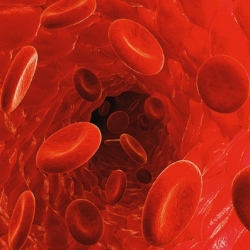
Researchers at Berkeley, in collaboration with scientists at the Gladstone Institutes, have developed a template for growing beating cardiac tissue from stem cells, creating a system to serve as a model for early heart development and a drug-screening tool to make pregnancies safer.
In experiments to be published Tuesday, July 14, in the journal Nature Communications, the researchers used biochemical and biophysical cues to prompt stem cells to differentiate and self-organize into micron-scale cardiac tissue, including microchambers.
"We believe it is the first example illustrating the process of a developing human heart chamber in vitro," said Kevin Healy, a UC Berkeley professor of bioengineering, who is co-senior author of the study with Dr. Bruce Conklin, a senior investigator at the Gladstone Institute of Cardiovascular Disease and a professor of medical genetics and cellular and molecular pharmacology at UC San Francisco. "This technology could help us quickly screen for drugs likely to generate cardiac birth defects, and guide decisions about which drugs are dangerous during pregnancy."
To test the potential of the system as a drug-screening tool, the researchers exposed the differentiating cells to thalidomide, a drug known to cause severe birth defects. They found that at normal therapeutic doses, the drug led to abnormal development of microchambers, including decreased size, problems with muscle contraction and lower beat rates compared with heart tissue that had not been exposed to thalidomide.
"We chose drug cardiac developmental toxicity screening to demonstrate a clinically relevant application of the cardiac microchambers," said Conklin. "Each year, as many as 280,000 pregnant women are exposed to drugs with evidence of potential fetal risk. The most commonly reported birth defects involve the heart, and the potential for generating cardiac defects is of utmost concern in determining drug safety during pregnancy."
